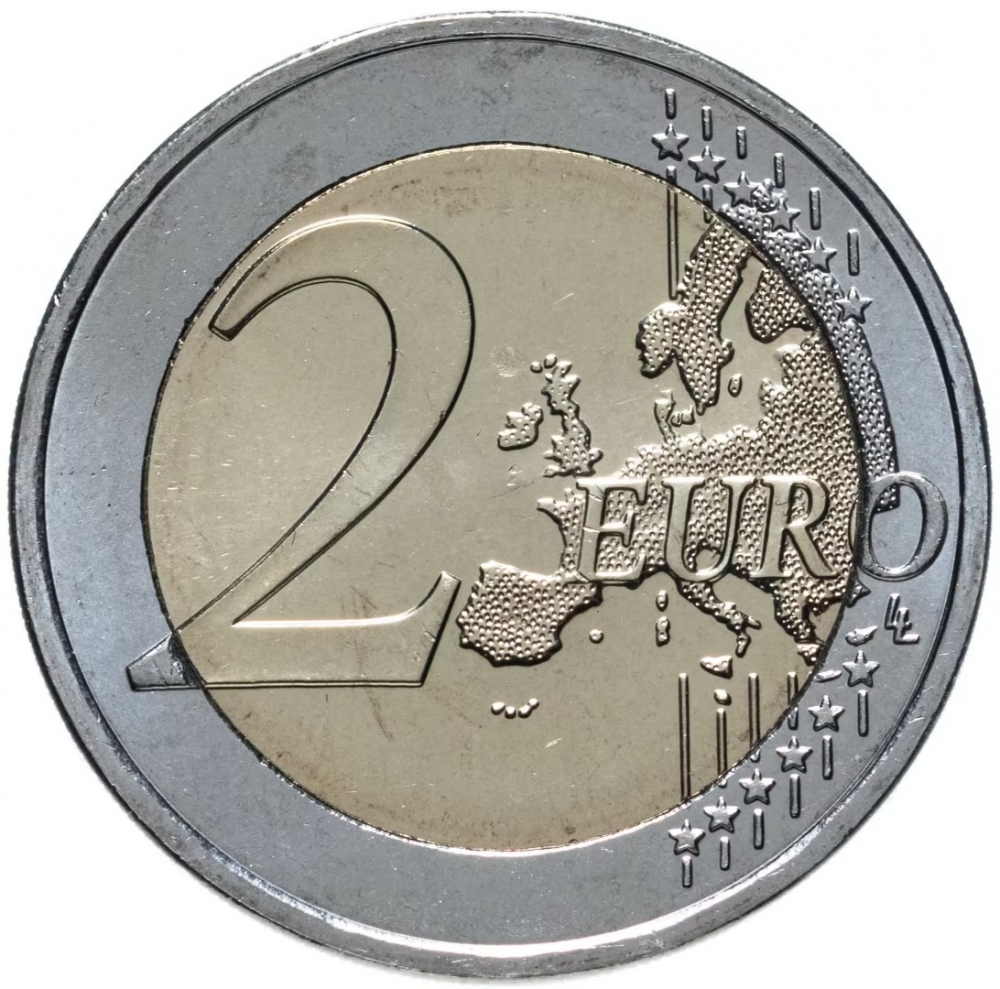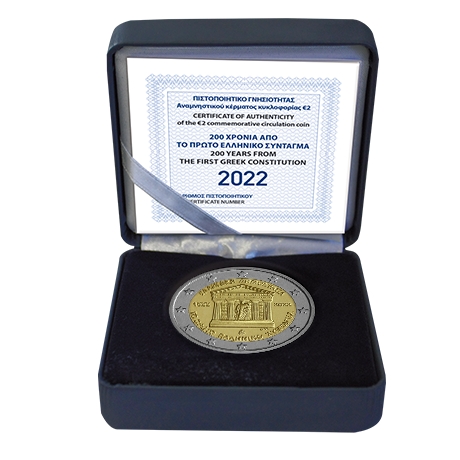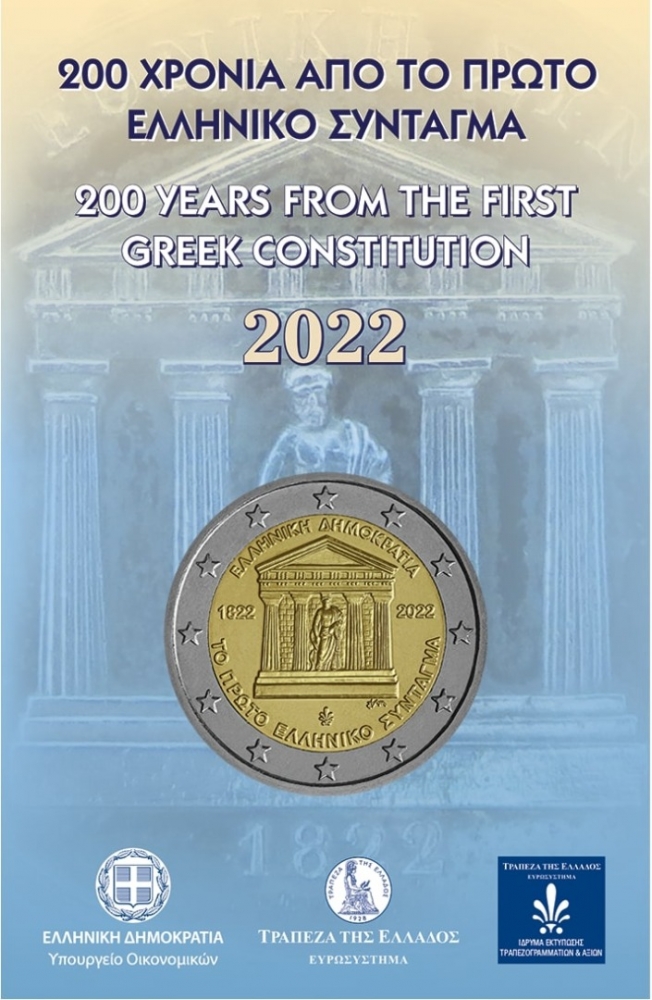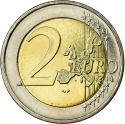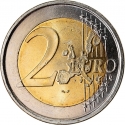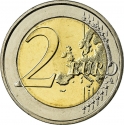You are about to finish your registration. Please check your mailbox (including spam folder). There should be a letter with a confirmation link. Check setting to make sure that your e-mail address is correct.
Send letter againDescription
The Greek Constitution of 1822 was a document adopted by the First National Assembly of Epidaurus on January 1, 1822. Formally it was the Provisional Regime of Greece, sometimes translated as Temporary Constitution of Greece. Considered to be the first constitution of Modern Greece, it was an attempt to achieve temporary governmental and military organisation until the future establishment of a national parliament.
It replaced a number of texts which had been passed by local revolutionary committees, such as the Senate Organization of Western Greece, the Legal Order of Eastern Greece and the Peloponnesian Senate Organization. These committees had formed the previous year, which saw the outbreak of the Greek War of Independence. The Constitution was mainly the work of the Italian Vincenzo Gallina and deliberately avoided the liberal and democratic principles of the French revolutionary constitutions of 1793 and 1795, as well as the 1787 constitution of the United States of America.
Obverse

|
Depicts the Temple of Asclepius in Epidaurus with a statue of Asclepius in front dividing dates and surrounded by the inscription "The First Greek Constitution" below. A palmette (the mint mark of the Greek Mint), engraver's initials (ΣΤΑΜ) and the country name above. ΕΛΛΗΝΙΚΗ ΔΗΜΟΚΡΑΤΙΑ |
|---|---|
Reverse

|
A geographical map of Western Europe spans the outer ring and inner core on the right side of the coin. The inscription 2 EURO is superimposed over the map of Europe, with the numeral “2” located in an open field representing the eastern Atlantic Ocean. 2 EURO |
| Edge |
HELLENIC REPUBLIC in Greek ΕΛΛΗΝΙΚΗ ΔΗΜΟΚΡΑΤΙΑ ★ |
Characteristics
| Type | Commemorative Issue (Circulating) |
| Material | Bi-Metallic |
| Ring | Cupronickel |
| Center | Nickel Brass |
| Weight | 8.5 g |
| Diameter | 25.75 mm |
| Thickness | 2.2 mm |
| Shape |
|
| Alignment | Medal |
| Mint |
Bank of Greece
|

